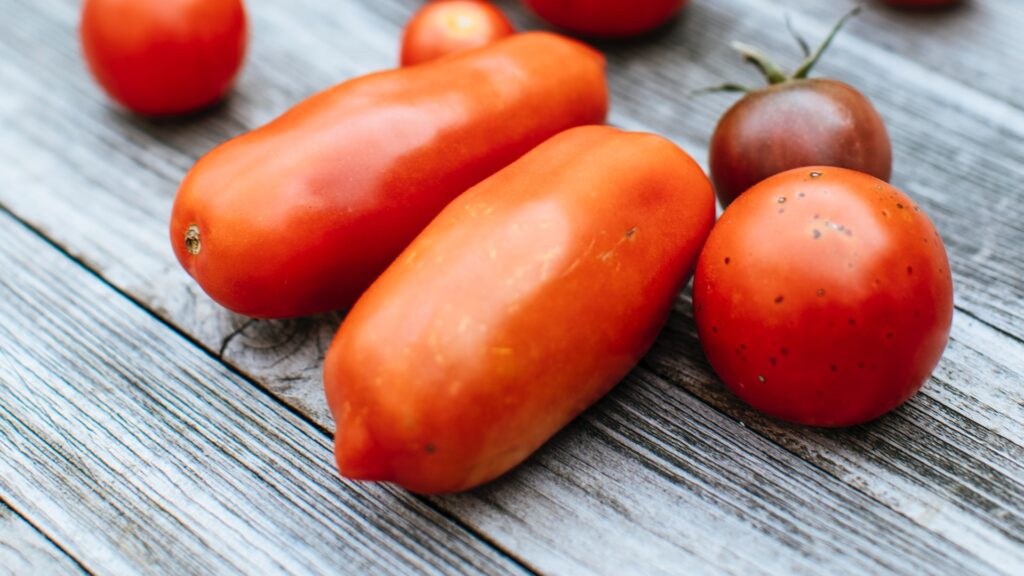Introduction:
Gardening is not only a rewarding and enjoyable hobby but can also be a powerful way to make a positive impact on the environment. By implementing sustainable gardening practices, you can reduce your carbon footprint, conserve water, support native plant and animal species, and create a thriving ecosystem right in your backyard. In this comprehensive guide, we will explore various eco-friendly techniques and tips for successful sustainable gardening.
1. Choosing Native Plants:
Start your sustainable garden journey by selecting native plants that are adapted to your local climate and require less water and maintenance. Native plants also provide essential habitats for local wildlife such as birds, butterflies, and bees. Consider incorporating a variety of native flowers, shrubs, and trees to create a diverse and resilient ecosystem.
2. Composting:
Turn your kitchen scraps and garden waste into black gold by starting your own compost pile. Composting not only reduces waste but also enriches the soil with vital nutrients, improves moisture retention, and enhances overall plant health. Learn the basics of composting, including what materials to compost, how to maintain the pile, and how to use the finished compost in your garden.
3. Rainwater Harvesting:
Save water and reduce reliance on traditional water sources by implementing rainwater harvesting systems. Collecting rainwater from rooftops and other surfaces can provide a sustainable water supply for your garden. You can use rain barrels, cisterns, or even create rain gardens to capture and utilize rainwater effectively.
4. Natural Pest Control:
Avoid harmful chemicals and pesticides by embracing natural pest control methods. Encourage beneficial insects like ladybugs, lacewings, and praying mantises to keep pest populations in check. Planting companion plants that repel pests, such as marigolds or chives, can also be effective. Additionally, implementing physical barriers and organic sprays made from natural ingredients can help protect your plants without harming the environment.
5. Attracting Pollinators:
Support essential pollinators like bees, butterflies, and hummingbirds by creating a pollinator-friendly garden. These creatures play a crucial role in fertilizing plants and ensuring their reproduction. Plant a variety of nectar-rich flowers, include water features for drinking, and provide shelter such as bee houses and brush piles. By attracting pollinators, you will not only have a beautiful garden but also assist in maintaining biodiversity.
6. Permaculture and Regenerative Gardening:
Explore the principles of permaculture and regenerative gardening to create a self-sustaining and resilient garden ecosystem. These approaches focus on mimicking natural systems, maximizing biodiversity, and minimizing waste. By designing your garden with permaculture principles in mind, you can create a beautiful and productive space that requires less maintenance and promotes long-term sustainability.
Conclusion:
Transform your garden into an eco-friendly paradise by implementing sustainable gardening practices. By choosing native plants, composting, harvesting rainwater, practicing natural pest control, attracting pollinators, and embracing permaculture principles, you can make a significant positive impact on the environment. Start small, educate yourself, and watch your garden thrive while contributing to a healthier planet. Happy sustainable gardening!

